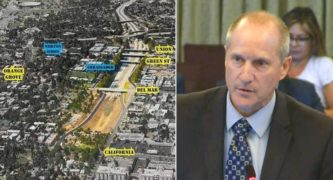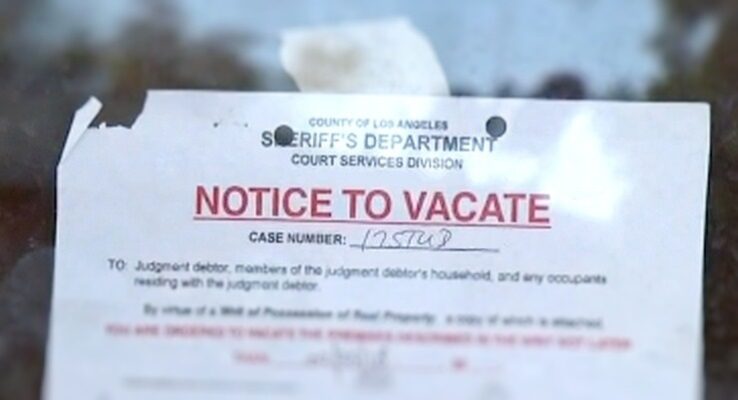
A little over a year after Caltrans officials announced they would work with Pasadena to relinquish the 710 Freeway stub to the city to develop following the demise of the 710 Freeway extension project, a feasibility study is underway into the issue, but it remained unclear what the future of the plot of land may look like.
While no official specific proposals are yet on the table, city and state officials have been working to clear the first hurdle in putting the plot north of California Boulevard to use.
“Caltrans has been working closely with the city of Pasadena regarding the repurposing of the 710 stub,” according to Caltrans District 7 spokesman Eric Menjivar.
“The city of Pasadena is currently undergoing a feasibility study on future use, and Caltrans is providing comments to the city during this phase,” he said. “Once the study is complete, the city can begin a Project Initiation Document with Caltrans to identify and analyze alternatives for this project. We look forward to continuing our partnership with the city as the process moves along.”
City and state officials have been meeting in working groups in an effort at “defining the local to regional connections” between the 10, 210, and 134 freeways, Pasadena Transportation Director Laura Cornejo said.
“This initial step of defining the local to regional connectivity is the first step in the city’s long-term goal of regaining control over the 710N ‘stub,’ securing relinquishment and developing a land use and transportation plan for roughly the area between Union Street and California Avenue,” according to Cornejo.
The in-progress feasibility study will “specifically consider and analyze a reimagined local to regional connection in light of the 710N freeway extension project not moving forward,” she added. “More specifically, this initial study will define regional connectivity and identify local travel patterns related to regional connectivity with the express purpose of demonstrating to Caltrans that a local to regional connection can be accomplished without impacting their state highway capacity, safety and operation.”
Once completed, the study will be presented to the City Council and the public will be offered a chance to provide input, Cornejo said.
City Councilmember John Kennedy said he wanted to see the land used for affordable housing.
“It is my expectation that we will be able to work out the details where we can reacquire that land to build, hopefully, in-part, housing for the extremely low-income, very low and low-income residents that live in the city of Pasadena to retain the diversity that exists in the city,” he said. “And in some respect address the insidious, racist foundation of destroying so many African-American owned residential properties to take that land.”
Caltrans purchased about 50 homes well over 50 years ago under threat of eminent domain as part of the decades-old, recently abandoned plan to extend the 710 Freeway.
Kennedy said he saw an opportunity to advance social justice through the project.
“There has to be a way to not just ameliorate, but pay for those past injustices,” he said. “And what greater way is if we could provide much-needed housing in the extremely low, very low and low-income levels mixed in with a whole host of other types of housing at a higher level to address those past ills and poor policy decisions of the city of Pasadena. That would be extraordinary.”
In addition, low-income housing is sorely needed in the city, he said.
Whatever final form it takes, Kennedy said the process of re-obtaining and developing the 710 stub should involve the public, Kennedy said.
“The bottom line is that we need the whole community participating in a well-organized process to determine what is the highest and best use for the repatriation of that land to the city of Pasadena,” he said.
See also:
Caltrans Official Vows to Work With City on Relinquishing 710 Freeway Stub to Pasadena














 1 comment
1 comment




